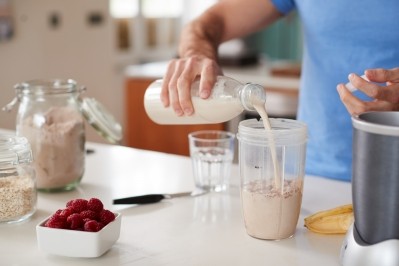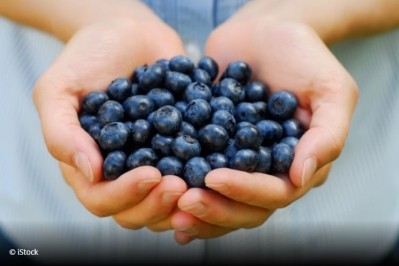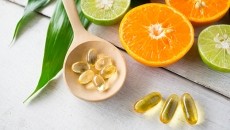A casein point: Method to ‘drive innovation’ by blending cow's milk with plant protein

Outlining their work in the Journal of Dairy Science, the method involves the use of casein micelles (CM) in cow’s milk as transporters of a plant-based protein or other nutrients such as vitamins and minerals.
“Plant-based proteins, such as those in peas, can be challenging to use in foods because of their low solubility and undesirable off-flavours,” explains lead investigator Rafael Jiménez-Flores, Professor in the Food Science and Technology Department at Ohio State University (OSU).
“Pea protein (PP), in particular, can be a challenge to use in food systems because of its low solubility and undesirable bitterness."
PP has become popular in sports nutrition due to its balanced amino acid composition and branched-chain amino acids that assist in muscle development.
The protein is also nonallergenic, gluten-free, and cost-effective plant protein with a high percentage of hydrophobic proteins (65-80%), making it a good model to represent plant-based proteins.
Along with PP, soybean oil, fish oil, and rapeseed oil have been successfully encapsulated within the hydrophobic regions of CM through pH shifts and ultrasound treatments.
Team methods
The team began creating three blends with varying ratios of casein-to-pea protein (90:10, 80:20, 50:50) subjecting the mixtures to three cycles of homogenisation.
The casein micelles were essentially broken open, the nutrients incorporated, and the micelle structure reassembled.
The resulting blends were homogeneous liquids with increased stability due to the lack of protein precipitation.
Further protein analysis revealed that vicilin, an insoluble storage protein, was the main pea protein incorporated within the casein micelle structure.
The team also notes that they were able to take advantage of conformational changes that CMs undergo upon exposure to cold temperatures and sodium citrate addition to prepare a codispersion with PP.
While past research has accomplished this using ultra-high pressure and other specialised techniques, this study uses readily available dairy processing equipment that could be reproduced in any dairy facility.
Driving product innovation
“These results supported our hypothesis that low-temperature homogenisation can successfully be used to create a colloidal dispersion with increased stability, in which insoluble plant-based proteins may be incorporated with casein micelles in an aqueous solution,” the study states.
“Additionally, 3-dimensional microscope images of the blends indicated a noticeable difference between the surface roughness upon addition of pea protein to the casein micelle matrix.
The team recommends that future experiments should deal with the amount of PP that associates within the CM, the nature of these associations, and sensory analysis.
The study also highlights the potential of other highly hydrophobic plant-based proteins such as soy, wheat, corn, and sunflower, which could be applied in a CM encapsulation system.
“This research highlights a promising application for other plant-based proteins to be used within the dairy industry to help drive future product innovation while also meeting current processing conditions and consumer demands.”
Source: Journal of Dairy Science
Published online: doi.org/10.3168/jds.2021-20902
“Use of casein micelles to improve the solubility of hydrophobic pea proteins in aqueous solutions via low-temperature homogenization.”
Authors: Abigail Krentz, et al.















